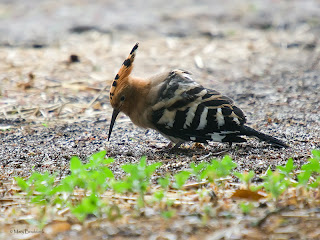SAILING BY - Alan Pugh (
North West Surrey RSPB Local Group.)
“Can
you deal with this Alan, I’m going on holiday” were the words in Dave’s
message. It turned out to be an enquiry
from Papercourt Sailing Club via our website asking for some help with providing
an interpretation board and some posters to go in their club house. No problem I thought, sadly it turned out to
be a little more difficult than I imagined.
The
obvious first step was to find out a little bit more about exactly what the
sailing club were after. It transpired that the club had been given some money
by Volvo to spend on providing something to show their support for the local
wildlife. After some discussion with the
Club, it was concluded that a couple of interpretation boards located on the
grass in front of the clubhouse, a couple of posters inside and a few nest
boxes would fit the bill. Still quite
easy I thought especially as we already had some nest boxes which Ron had made
earlier.
A
few phone calls later and I was beginning to become a little concerned, there
weren’t any readily available posters and no interpretation boards to fix them
on to that came anywhere near fitting within the budget. Clearly, this was going to become a DIY project. Quietly panicking, I phoned the RSPB’s Media
Services who arranged for me to have access to the line drawing database,
another phone call to Pulborough Brooks staff resulted in some extremely
helpful advice.
The
next step was make a list of the birds that are likely to be seen in the area. Having done this, one poster became two! I
sent my bird list to Peter Hambrook to check. Peter very politely pointed out
that I’d missed out a significant number of species and so, two posters
suddenly became three! After a couple of
hours playing on my new computer, the result was 3 A3 size posters showing all
the likely species. These were
subsequently printed A1 size by a local printer viz. Blue Mushroom. They looked so good, I was almost impressed
with my efforts!
One
problem down and another to go i.e. where could I get the interpretation boards
from? The answer, ask Ron “I can make
anything” Jackson! As always Ron’s
response was “no problem, just send me a drawing of what you want”.
The
final step was installing the interpretation boards and locating the nest boxes
at Papercourt Sailing Club which we did on a Saturday in late November. As no suitable post holes were available
locally, it was another d-i-y job! The
gang of labourers consisted of Dave Braddock, Ken Sutton, Peter Hambrook, Graham
Horsburgh and myself all supervised by Ron and photographed by Mary
Braddock.
The
location of the interpretation boards in front of the clubhouse is a very
attractive area not just for homo-sapiens but also for numerous Canada geese
who had left enough deposits for a Chris Packham “poo-fest”.
So
what have we achieved with this little project?
We’ve stepped up for nature (or should that be dug down?) The Group has been able to raise a modest
amount of money for its’ funds but, much more importantly, we have established
a good relationship with Papercourt Sailing Club. In the future, we plan to take some of their
members on wildlife walks and hope that we can encourage some to join the RSPB
and also our Group. For myself, it has
reminded me how unfailingly generous the Group members are with their time and
expertise. Lastly, I’ve also learned the
need to synchronise my holidays with Dave Braddock!!!


















































